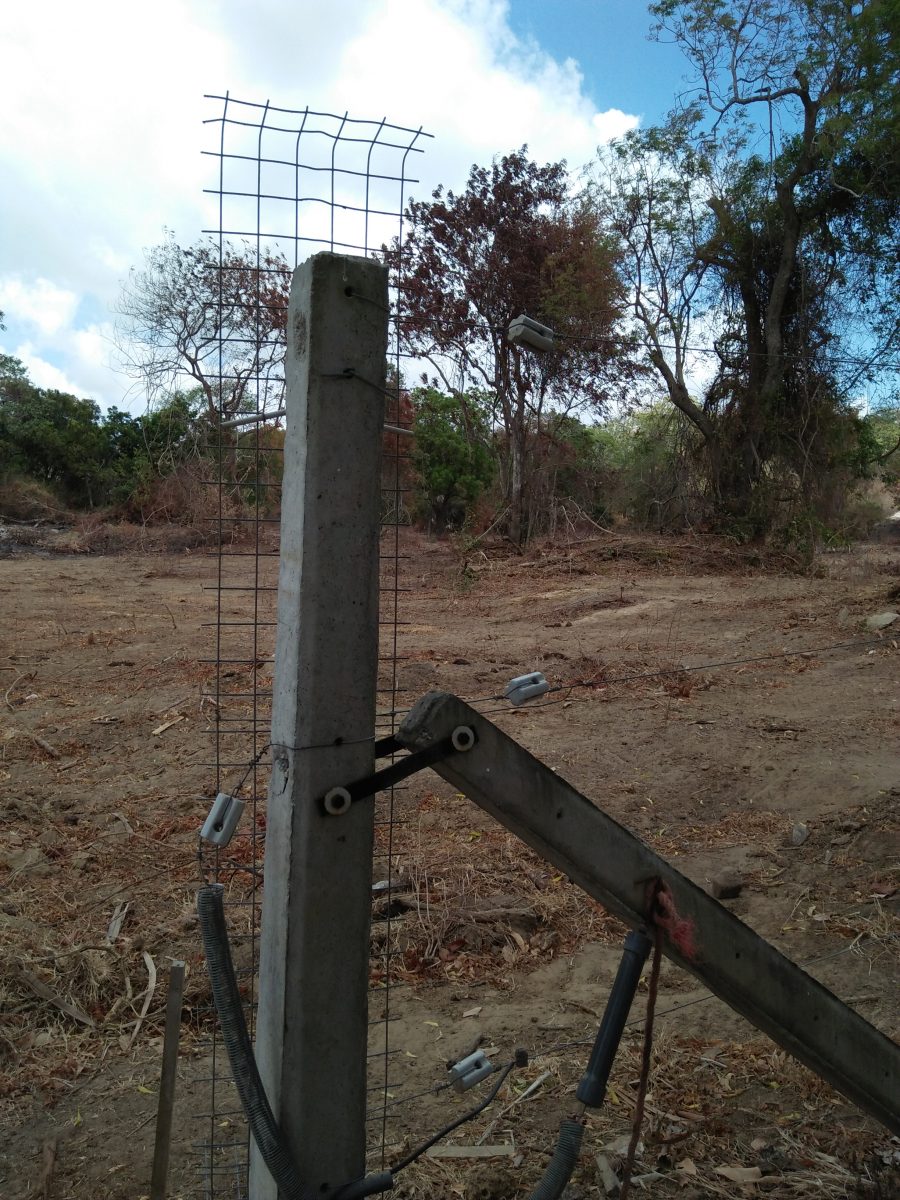Category:Forestry & Biodiversity, Interventions

In the Division of Ehetuwewa, deforestation commenced in forest land extending over 1000 acres, belonging to the Lankawiriduwagama Nakolagane Purana Viharaya, under the Vihara and Dewalagama Act, has been offered to two multinational corporations under a 30 years lease agreement by the Chief Monk.
The forest land, as per the project proposal is to be completely cleared and developed in to a cash crop plantation including Mango and Cashew. And it has been learnt through the community that the land is actually being allocated for Sandalwood farming. The development plan for the proposed area is to include a protective electric fence around the area and several water wells of depth up to 150 feet for daily water requirement for Sandalwood farming. The proposed 1000 acres of land to be leased also includes private lands owned by individuals in the community who have cultivated the land as a form of livelihood. Cultivation in this area is carried out in “Yala” and “Maha” seasons and with the small and large scale irrigation. However, a substantial amount of land is cultivated under small scale irrigations, and about 362 lakes can be found in this area. The forest land is diverse, rich in flora and fauna with the majority of dry zone mammals found in the region along with several species of Reptiles, Butterflies and Dragonflies. The forest is also a home to a range of both resident and migratory birds.
Ehetuwewa Division belonging to the Galgamuwa D.S. Division, is known for its human-elephant conflict and the aforementioned land is in the vicinity of an elephant corridor. Research findings by the Centre for Conservation Research suggests that four large herds of elephants consisting of 200 – 300 individuals roam in this forest area and the catchment as a habitat and source of food. The establishment of electric fence over an area of 1000 acres will result in grave consequences to the animals and the community in the area, as the elephants above all other animals reported in the area will be forced to explore other suitable habitats and food sources, thus increasing the chances of human-elephant conflict and causing a threat to the lives of both animal and humans.
The deep wells proposed to be built in this land will undoubtedly effect the water levels of water catchments and underground water aquifers. The land clear along the water catchment will result in siltation and will lead to an increased concentration of suspended sediments at both catchments.
Since July 2015, the EFL has been involved in engaging with the relevant authorities and departments in order to establish a means of ending the destruction of this forest land, and the immeasurable loss of biodiversity and habitat damage.
EFL conducted a series of site visits to Ehetuwewa in July, August, September and November, 2015. During these field investigations we gathered the coordinates of significant points in the proposed sites and observed the threats posed to the forest and catchment area by the proposed project of commercial mango cultivation.
After careful consideration, EFL recommends that a comprehensive and independent Environmental Impact Assessment (EIA) is undertaken on both sites proposed for commercial mango plantations. With special considerations given to the Natural Habitat for Wild Life, Human- Elephant Conflict, Hydrological Impact, Community Perception, Archaeological Sites.
EFL will closely monitor the progress of the Environmental Impact Assessment ensuring that the project does not adversely affect the health and function of the forest ecosystem and that both the environment and the communities that rely on it are safeguarded.
Following reports that forest clearing had resumed in Ehetuwewa, Kurunegala, EFL conducted another site visit on the 21st of September 2016. EFL learned that an Environmental Impact Assessment had yet to be conducted, despite the fact that over a hectare of forest had been cleared. The land adjacent to the Lankawiriduwagama Nakolagama Purana Viharaya, which is an elephant habitat, is being cleared for the cultivation of a plant used as a substitute for “walla patta”.
EFL conducted a site visit report on the 5th of January, and learned that an electric fence had been erected around the cleared area. The electric fence was constructed without the approval of the Department of Wildlife Conservation and the Buddhist Affairs Commission. Villagers from the area claimed that the deforested area was part of an elephant corridor and reported that the fence now hinders three major entry points used by the elephants coming from the Palukadawala reservoir, forcing them to make their way between houses. It was also observed that the cleared land was being prepared for cultivation. This illegal deforestation could result in many damaging ecological impacts and create a human-elephant conflict.
Site visit report Ehetuwewa-Site-Investigation-Report
Read about the court case filed on Ehetuwewa https://efl.lk/portfolio/ehetuwewa-illegal-forest-clearing-and-the-subsequent-erection-of-an-electric-fence/








